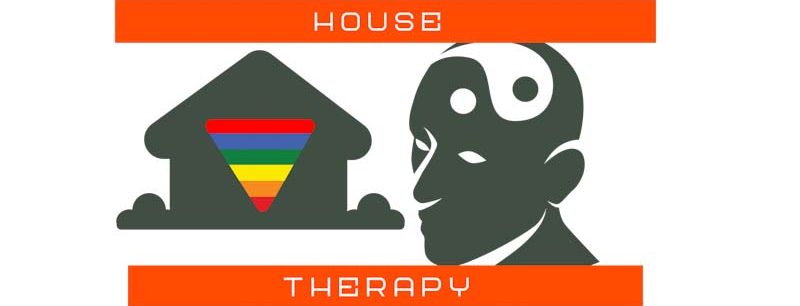Voice dialogue is a method of self-inquiry and communication that involves engaging in a dialogue with different aspects or parts of oneself. This process can be done with a trained facilitator or on one’s own, and it is often used as a way to gain insight into one’s inner world and to better understand and resolve inner conflicts.

Understanding Voice Dialogue
The basic premise of voice dialogue is that each person has multiple parts or sub-personalities that make up their psyche, and that these parts can sometimes be in conflict with one another. For example, a person may have a part of themselves that is driven and ambitious, and another part that is more laid-back and content with a more relaxed lifestyle. When these parts are in conflict, it can create inner turmoil and make it difficult to make decisions or move forward in life.
Voice Dialogue As A Tool
Through voice dialogue, a person can learn to identify and communicate with these different parts of themselves, bringing awareness to the conflicting desires and needs that may be present. This process can be done through writing or speaking aloud, and can involve asking questions and listening to the responses from each part.
One way to facilitate a voice dialogue is to imagine that each part of oneself is represented by a specific voice or persona. For example, a person may have a “perfectionist” voice that always pushes them to do their best and never make mistakes, and a “rebel” voice that resists authority and craves freedom and independence. By giving each part a distinct voice, it can be easier to identify and engage with them.

Through the process of voice dialogue, a person can gain a deeper understanding of the motivations and needs of each part, and can begin to integrate these parts into a more cohesive whole. This can lead to greater self-awareness and self-acceptance, and can also help a person to resolve inner conflicts and make more authentic and fulfilling choices in their life.
While voice dialogue can be a powerful tool for personal growth and self-discovery, it is important to remember that it is not a substitute for therapy or professional help. It is always a good idea to seek the guidance of a trained professional if you are struggling with significant emotional or mental health issues. However, for those who are looking to delve deeper into their own inner world and gain a greater understanding of themselves, voice dialogue can be a valuable tool for self-exploration and growth.

“THE BASIC PRINCIPLES
1. An attitude of acceptance and respect is extremely important in the Voice Dialogue facilitation process. The facilitator is an explorer, an interested observer who is trying to discover as much as possible about each self. The selves are extremely sensitive to the feelings and judgments of the facilitator and they will not respond if they sense disapproval or manipulation. This is a method that will not work effectively unless it is used with a proper attitude. When it is used properly, however, it provides quick and easy access to much of the psyche.
2. When facilitating using the Voice Dialogue method, we are not trying to change selves, to get rid of them, or to help them to grow up and be more sensible. There should be no agenda. Changes will take place, growth will occur, there will be healing, but these cannot be the aims of the facilitator.
3. The facilitator does not negotiate amongst selves. There is no attempt to get the selves to agree on anything. Each self is different, and these differences are to be respected. Instead of trying to get the selves to agree, the facilitator helps each self to clarify its views and to give as much information as possible. Thus, the subject (or client) learns to live with the tension of opposing viewpoints represented by these selves and to make decisions which take these opposites into consideration.
4. The aim in Voice Dialogue is to expand the client’s ability to make choices in life rather than to behave in an automatic and unconscious fashion. This is the aim of most therapeutic systems, however it is conceptualized.
For us, this ability to have choice when making decisions, to see both sides of an issue and to behave with greater awareness and consciousness is carried by an ever-evolving aspect of consciousness that we call an “Aware Ego” . We see this Aware Ego as separate from the selves, aware of them and of the effect that they have, and able to make choices by taking the views of opposing selves into consideration.”
Hal & Sidra Stone – Voice Dialogue Co-Founders
©House Therapy

